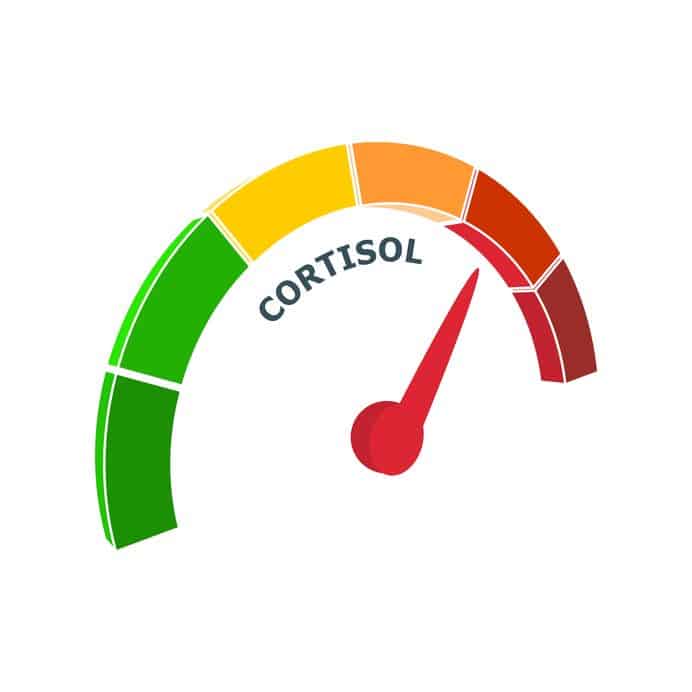- in Blog by Kafilat
- |
- 1 comments
Does the Emotional Freedom Technique actually do anything? A new study

One of the more controversial emotion regulation techniques to appear over the last 10 years is the Emotional Freedom Technique or EFT. The basis of EFT, or ‘tapping’ as it often known, is a mixture of cognitive therapy and somatic or sensory stimulation and involves fingertip pressure and tapping on several ‘acupressure’ points on the face and body.

Emotional Freedom Technique
Emotional Freedom Technique is usually some variant on the following process:
- The client identifies a situation or issue that is causing distress and rates the issue on a scale of 0 – 10, with 10 indicating maximum levels of distress. These rating points are known as SUDs or Subjective Units of Distress.
- An initial statement of self-acceptance is made by the target individual, such as, “Although I have this concern/issue, I completely accept myself”. The idea behind the setup statement is that firstly it exposes the individual to the issue (exposure therapy) and secondly gets them to reframe the issue in terms of self-acceptance / self-affirmation.
- Using two fingers they then tap on the following predefined acupressure points, whilst repeating key words from the set-up statement:
a. Top of head
b. Inside of the eyebrow
c. Outside side of the eye
d. Under the eye
e. Under the nose
f. On the chin
g. On the collar bone
h. 4 inches under the arm
4. The client then re-evaluates their distress level using the SUD’s scale and keeps repeating the process until the distress level has fallen to acceptable levels or has been eliminated
As can be imagined, this treatment has been the subject of a lot of scepticism.

Research
A number of previous studies and a meta-analysis found a significant positive impact on anxiety levels and depression.
A new study on emotional freedom technique
A new study by a team of researchers from the School of Psychology and Faculty of Health Sciences at Bond University in Australia has conducted a series of randomised control trials of Emotional Freedom Technique to measure its impact on cortisol levels (the stress hormone) and subjective measures of anxiety and stress.
The study had three conditions:
- Individuals who went through the emotional freedom technique treatment
- Individuals who received psychoeducation – information about emotion regulation
- A group who had no intervention
Findings on emotional freedom technique
- The study found that the use of emotional freedom technique resulted in a significant drop in cortisol levels over the other two groups, for a brief period of time.
- That this drop in cortisol and other psychological levels was not mirrored in a similar decrease in subjective psychological symptoms. In effect. whilst cortisol levels did drop significantly for a short period of time, people did not tend to feel or report any significant difference in anxiety or stress levels as a result of the treatment.
- The researchers also found a significant drop in cortisol levels in the no treatment group (but not as big as the treatment group) that was attributed to spending a relaxing hour reading magazines!

Reference
Be impressively well informed

Get the very latest research intelligence briefings, video research briefings, infographics and more sent direct to you as they are published
Be the most impressively well-informed and up-to-date person around...

2incurable